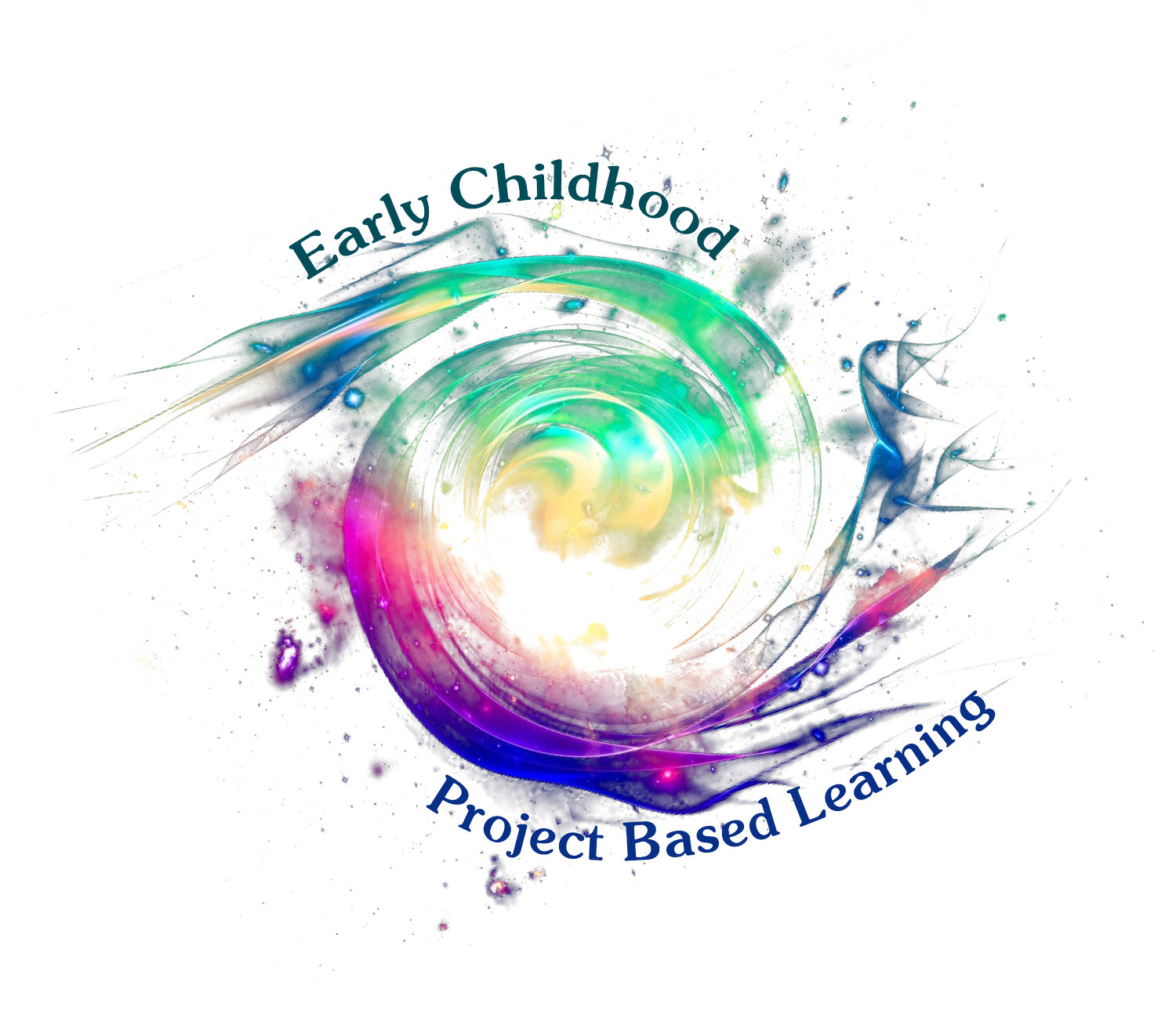HOME BASE
A 10-day distance learning PBL unit for families and teachers
In this project, children design an online resource for kids and care-givers containing activities they can do at home. This might include a video (explaining different options like games or books), a YouTube channel, a Pinterest board, or any other digital display that can be shared (it could be a simple pamphlet or a set of photos and directions).
Anticipated Time: Two weeks
Learning Goals: Information Writing, Sorting/Data, Engineering Design, Critical Thinking, Creativity, Oral Communication/Presentation
Project Overview
As some communities continue to move through this extended time of hybrid and remote learning, we know that care-givers and teachers of young children are looking for meaningful learning experiences.
Project Based Learning (PBL) offers both care-givers and children a unique opportunity to create opportunities for independent learning. Projects are connected to real world problems, giving young children agency to make an impact in their communities.
We have designed this project, entitled “Home Base,” with that in mind, and we look forward to seeing and hearing about your work. We encourage you to share photos of your work on our Facebook page, Early Childhood Project Based Learning.
Above you can find a full documentation of this project which was completed in two schools, one in Wisconsin and one in California in the Spring of the 2020 school year. Detailed day-by-day project plans can be found beginning below.
A 10-Day Project
Day 1: Launch
Today you will launch the project, share the driving question and introduce the public product. Then, you will generate a list of questions your children need to know in order to answer that driving question. Those questions will guide the project for the next ten days.
Day 2: Comics & Stories
It is essential for children to understand the reason for this challenging problem - the “why” behind this project. Today’s lesson is about getting a baseline of what children know about the coronavirus. Kids can share their ideas. Take time to listen to what they have to say. It is important that their ideas, whether they are fully accurate or not, are heard and their feelings validated.
Day 3: Investigations
Today children are investigating how germs spread. There are plenty of options for teaching children about spreading germs so they understand the importance of prevention. They could make a poster for the bathroom about steps to wash hands, or a “How-To Book” about the same topic. Or, they might write an informational text about how germs spread.
Day 4: Brainstorming
After discovering how germs spread and why it is important to stay home (or keep our distance from others), your children will be ready to answer some of their other need-know-questions about what we can do when we aren’t in school. Children will revisit the driving question and their need-to-know list. They will brainstorm and sort a list of fun, engaging activities that they themselves can do independently.
Day 5: Generating Ideas
Today children engage in all of the activities they generated in the previous day’s lesson. Allow children the space to play, build, or try new ideas. The goal here is to “test” the activities to make sure they are ideas that children can engage in independently. You will also introduce two other criteria: the activities need to be fun, and need to last for longer than 30 minutes.
Day 6: Critique and Revision
Today, children will review the selected activities from the day before and see if they need to add or make any changes to their list. Then, they will come up with a brand new activity or game to add to their list. They will design that activity and draw it.
Day 7: Designing Products
Today children will work on refining their one original idea and developing it. They might start creating the materials they need for their activity and then test it out to make sure this is the activity or game they want to teach others. Through these experiences, they will work to define and explain how to play, or use, their activity.
Day 8: Non-Fiction Writing
Children create a draft of the final product - a resource of all of their proposed ideas (including their one original idea). These activities will need some guidance and scaffolding from adults, but the more children can do on their own, the better. They will write out/dictate directions on how to use the resource and make sure the activities have listed steps.
Day 9: Critique & Revise Product
Today, parents/teachers find a way to give children kind, helpful and specific feedback. Watch the video below to gain some insights into how to build a positive culture for giving and receiving feedback. The goal is for children to reflect on their current draft and make a few improvements based on feedback. Remind children that nothing is perfect and everything can be improved upon.
Day 10: Share the Public Product and Answer the Driving Question
Today children will share their products publicly and reflect on their learning. This will look different depending upon if a teacher is facilitating, a parent is organizing, or perhaps a homeschool cooperative is sharing. You might have every child create an informational video of their products and share the videos (imovie, flipgrid, etc.). If it works to connect through FaceTime, Google Hangout or Zoom, the children could share their products in real time. Digital works could be turned into PDF’s and shared through email. We encourage you to connect with others in some capacity whether it is within the class or beyond.











